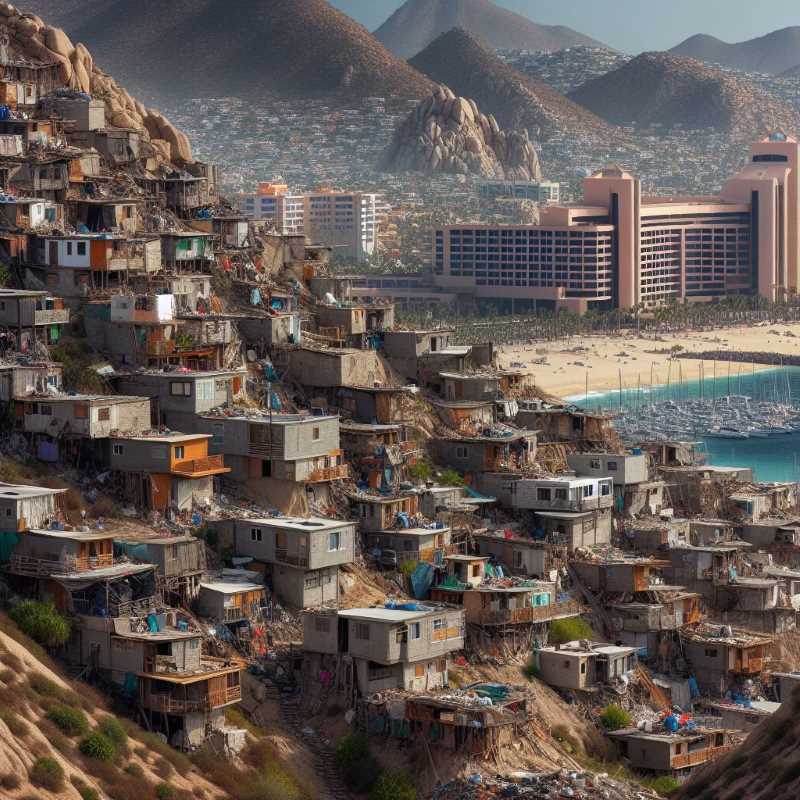Can Los Cabos Balance Tourism and Community?
Los Cabos, a tourist haven, masks a darker side: crumbling infrastructure, social inequality, and rampant crime plague the very people who make the destination thrive.

The images say it all: infinity pools, cocktails at sunset, the gleaming arc of Land's End where two seas meet. Los Cabos, Mexico, sells a vision of effortless luxury. And with nearly four million tourists a year, they're buying it. But there's another Los Cabos, the one locals navigate daily. It's a place where drinking water is unreliable, neighborhoods sprawl along hurricane-prone washes, and a brutal kind of prosperity leaves many behind.
Let's be clear: Los Cabos is a success story, economically speaking. Top wages, thousands of formal jobs. Heck, call it an engine for the entire Baja California Sur region. Yet, it's an engine built on an uneven foundation.




